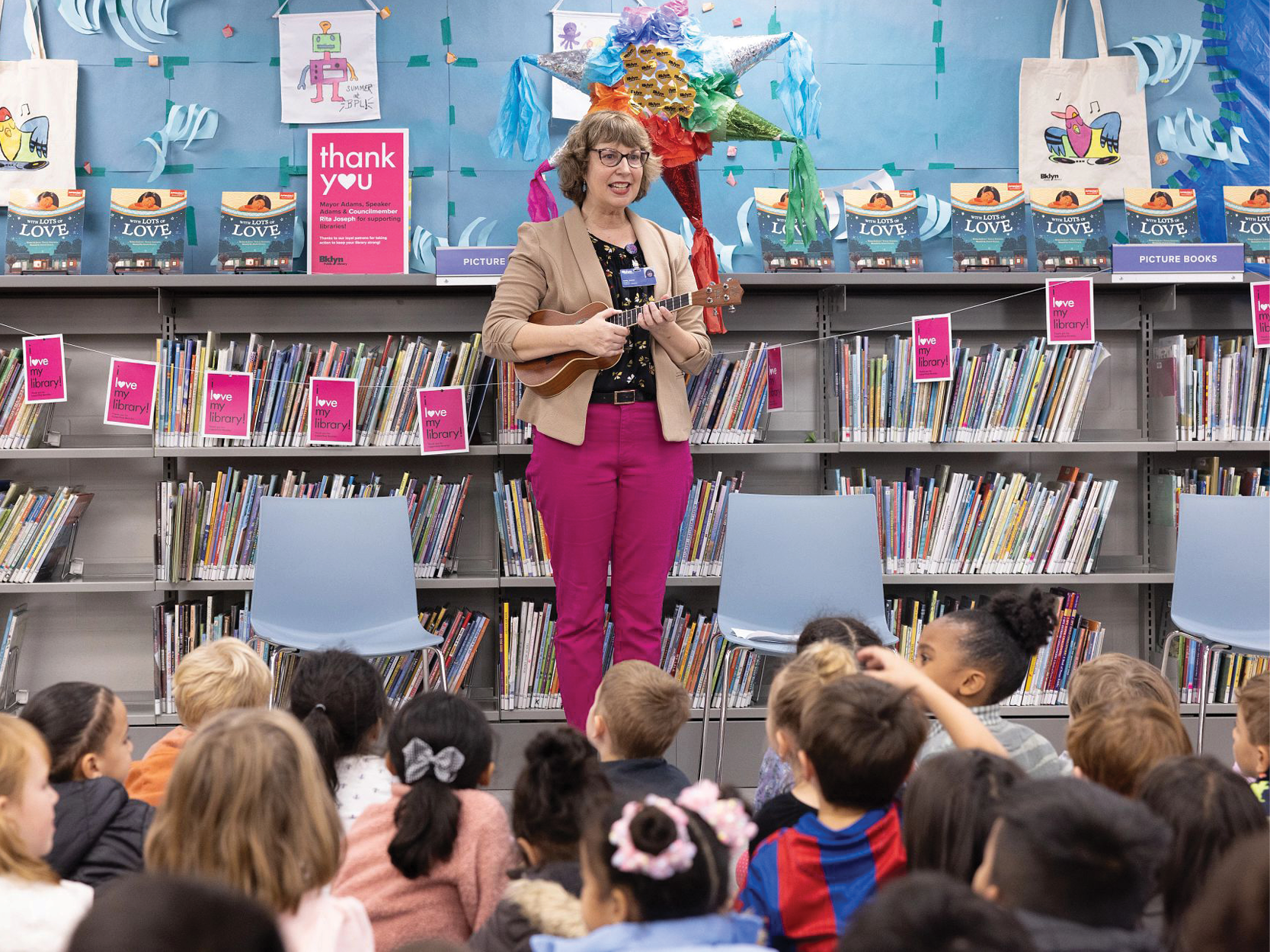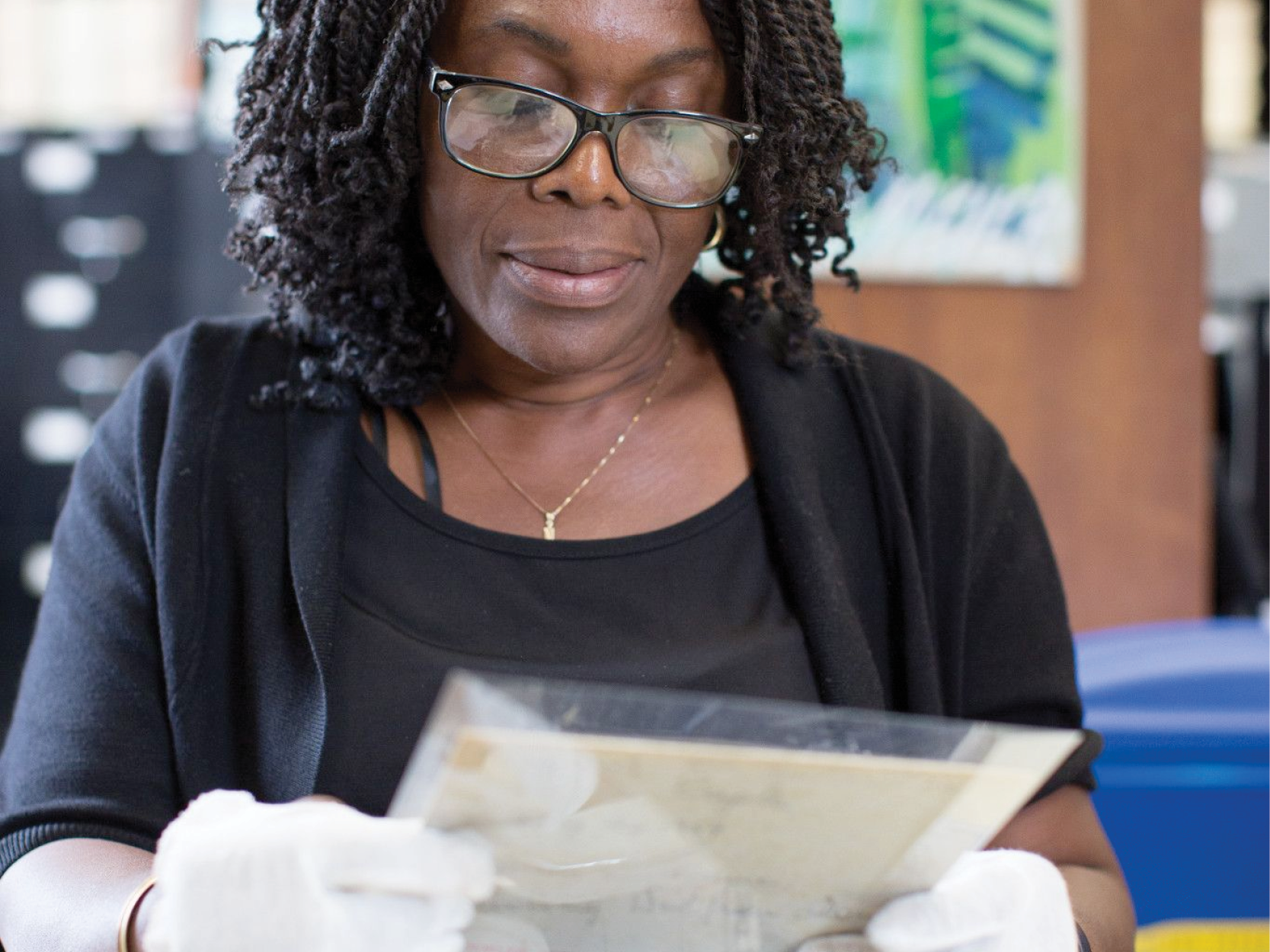Brooklyn Connections is the education outreach program in the Brooklyn Collection. It focuses on cultivating 21st Century learning skills in students and supporting teachers on the incorporation of archives materials into curricula. This blog post is part of a series from the Brooklyn Connections team, sharing skills and ideas for using archives primary source material in the classroom.
We’ve already talked about how much we love maps and atlases when we’re teaching with primary sources; this blog post looks at how we can use those in the English classroom by examining a lesson on the context of Jonathan Letham’s Fortress of Solitude. In addition to our map and atlas reading skills, we have the opportunity from this lesson to jump off into an activity on asking questions for research or using the internet to find primary sources online. But—hang tight—we’ll get to that later!
Preparation
Any place-based book (fiction or non-fiction) provides a fantastic opportunity to dive into primary source maps and atlases. We worked with a local high school class studying Jonathan Letham’s Fortress of Solitude, which is based in the Gowanus neighborhood of Brooklyn, NY. An underlying theme of this novel is gentrification – or, the change in older neighborhoods brought about by the arrival of new residents of a higher economic class. Not only can maps and atlases provide a way to understand the physical characteristics of the novel's setting, but a comparison of historic maps and atlases provides a way to understand the theme of gentrification as neighborhoods change.
To prepare for this lesson, I looked for a historic and a current map or atlas of the area we’re studying: Gowanus, Brooklyn. I also found a historic atlas page of the school neighborhood for our starting activity. Here at Central Library we have access to some great databases for this – you can find the Fire Insurance Maps Online and Sanborn Maps of Brooklyn on the library’s Learning Resources page. If you’re located elsewhere, taking a screenshot of google maps works well for a current atlas page, and you may be able to locate a historic atlas page through the Library of Congress Sanborn Maps.
Procedure
To start off our discussion, we looked at the historic atlas page depicting the school neighborhood. Students recognized the area quickly by identifying streets and interesctions. This atlas page created a discussion about what a historic atlas page can show us. Some questions we discussed as a class were:
- What symbols do we see? What do they mean?
- What is familiar on this atlas page? What is unfamiliar?
- What can this atlas page show us about how our neighborhood has changed?
- Why would an archive keep old atlases, and how can they help us with our research?
Following this, each student received a handout with two maps and corresponding questions. You can download our handout here.
Map One shows the area of Gowanus in 1929:
.jpg)
Students worked independently on the questions in their handout to identify key physical features in this neighborhood, and to identify the types of buildings – schools, businesses, and more – located in this area at the time this atlas was created. After students completed questions for Map One, we discussed their answers as a group. This conversation helped us understand what this neighborhood looked like in 1929.
Next we moved on to Map Two, from 2017:

Students were again prompted to identify key physical features on this atlas page, and to compare them with the same area on Map One. After students completed these questions, we discussed what this tells us about how the neighborhood changed from 1929 to 2017. We explored what that may have meant for the characters in Fortress of Solitude, which takes place across the 1970s, 80s, and 90s.
Our discussion prompted a terrific jumping off point for questions about this neighborhood: what happened to the people who lived in houses that were taken down? Who moved into the new buildings that we see on Map Two?
You might want to use this kind of map and atlas activity to prompt your students to ask a variety of questions for research. We started making a few questions, and used these to create keywords for finding more related primary sources online.
Assessment
Student worksheets were collected at the end of this lesson to evaluate students’ ability to analyze these atlas pages and identify physical features on each source. Students can also be assessed by their participation in class discussions around the questions posed.
Differentiation
This activity was created for an Honors class of seniors, and so students were expected to be able to complete all worksheet questions on their own. However, lower grade levels may benefit from working through Map One as a class before asking students to complete questions about Map Two on their own.
Additionally, some students benefit from working with maps and atlases in discussion without writing answers on worksheets. If you have access to a printer that prints on larger paper sizes, you could print larger reproductions of maps for groups of students to share and discuss, and then talk through a series of analysis questions as a group.
This post is the eleventh in an ongoing series. Read the other posts in the series: What's a Primary Source?, Observations and Inferences, Maps and Atlases, Citing Sources, Asking Questions for Research, Notetaking Skills, How can we do research with political cartoons?, Claims and Counterclaims in History, Avoiding Plagiarism, and Using the Internet to Find Primary Sources.
This blog post reflects the opinions of the author and does not necessarily represent the views of Brooklyn Public Library.
Post a Comment
While BPL encourages an open forum, posts and comments are moderated by library staff. BPL reserves the right, within its sole discretion, not to post and to remove submissions or comments that are unlawful or violate this policy. While comments will not be edited by BPL personnel, a comment may be deleted if it violates our comment policy.
eNews Signup
Get the latest updates from BPL and be the first to know about new programs, author talks, exciting events and opportunities to support your local library.







